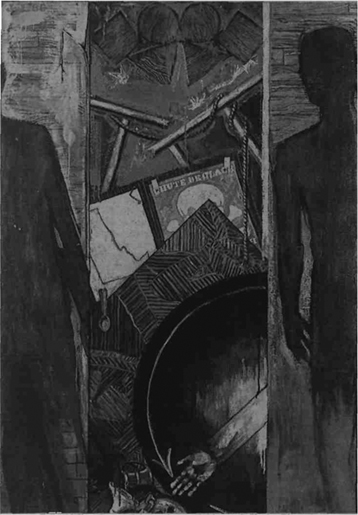Andrew Graham-Dixon on the art world's junket at the Venice Biennale
OVERHEARD in Venice last week: "I reckon we should crash the Belgian do .— I heard they're renting a boat out to the Lido." "Australia won't be much good — apparently there's been some trouble at the airport and all the Fosters is still on the tarmac." "What about the British Consulate?" "No chance — it was so packed last time that they've really tightened up on gatecrashers."
The Venice Biennale, to paraphrase the V&A's current advertising slogan, is an ace party with quite a nice art festival attached. At least it is for the first three days, the vernissage, when virtually the entire art world descends on Venice's Giardini — go to Piazza San Marco, turn right past the Doge's Palace and' keep going along the edge of the lagoon T- to inspect state-of-the-art art from around 45 different nations.
The Biennale started life in 1895; no matter how up-to-the-minute the art shown, the event always feels faintly anachronistic. This is largely down to the arrangement and architec-ture of the national pavilions in the Giardini, where each country shows its nominated artist or artists.
The Biennale would be worth visiting for the pavilions alone. Most are built in a style that can only be described as International Folkloric: the British, with its grand stairway leading into a wide loggia, its elegant columns and exposed brickwork, is pure Italianate Georgian, a summer retreat for Englishmen abroad; the French is a miniature mock-up of the Petit Trianon; the facade of the Hungarian pavilion boasts a splendidly over-the-top Art Nouveau pastiche of Romanesque. The Giardini present a microcosm of international power relations circa 1910: the British pavilion, flanked by West Germany and France, lords it on top of the hill that...


